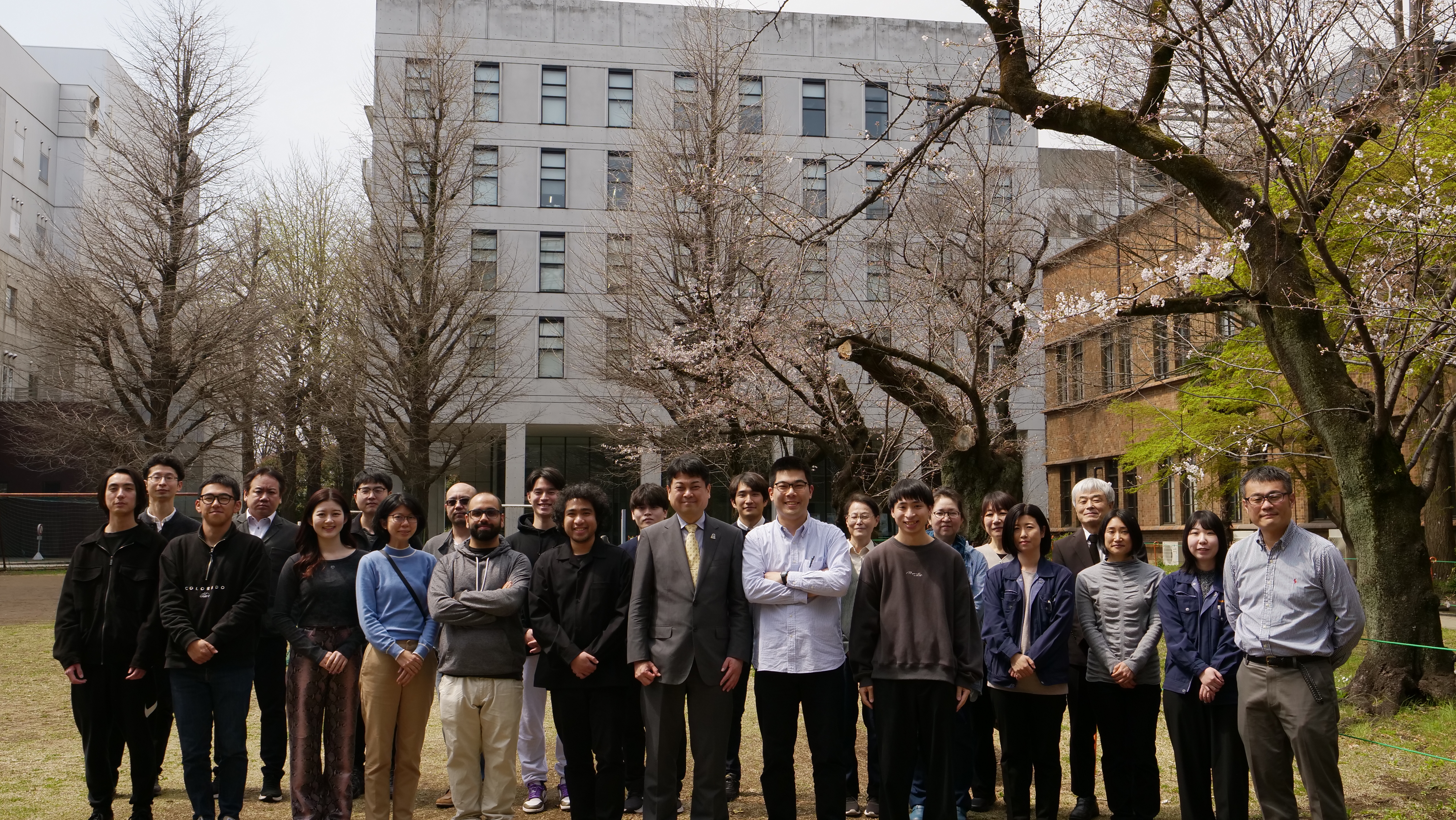Sugiyama Laboratory
Research Center for Advanced Science and Technology, The University of Tokyo

A joint research unit is operated with Professors Y. Nakano and T. Tanemura. Collaborative research with Professor Okada at the Research Center for Advanced Science and Technology, the University of Tokyo, and Professor Shimogaki at Department of Material Engineering, School of Engineering, the University of Tokyo.We are operating an international joint laboratory LIA-Next PV, with French CNRS.
What's new
- Kasidit TOPRASERTPONG, Department of Electrical Engineering and Information Systems won 2018 Siebel Scholars in Energy Science. Congratulations ! (November 8)
- Lab website has been completely renewed. (August 21)
Major Activities
Research topic: Renewable energy system combining high-efficiency photovoltaic and chemical energy storage using semiconductor nanostructures
Solar energy can take the majority of energy supply in our society if we can realize an energy system in which solar energy is stored in chemical substances in the regions with high irradiance and is transported to the regions of large energy demand. For such a system, it is promising to combine high efficiency photovoltaic (PV) power generation and electrochemical reactions to produce solar fuel, which is capable of long-term storage and transport. Our objective is to develop high efficiency PV cells and electrochemical reactors which are included in the system to produce “solar fuel.”
The core competence is the design and fabrication of semiconductor nano-crystals. PV can be twice as efficient as conventional technology by implementing the epitaxial nanostructures of compound semiconductor crystals into the modules with sunlight concentration. Our laboratory develops all the relevant technologies: from the growth of nano-crystals to system evaluation. Semiconductor crystals are also important as the active sites of electrochemical reactions. Learning from photosynthesis in natural leaves is important in order to boost the efficiency of electrochemical water splitting, and the active sites in leaves are composed of metal oxides, a kind of semiconductor. We aim at high-efficiency production of “solar fuel” by implementing an essential mechanism of natural photosynthesis into artificial crystals. The key exists at the interface between a semiconductor and a solution. Trials are continued to obtain a guiding principle for controlling electrochemical reactions through an interdisciplinary approach between semiconductor physics and electrochemistry.
Furthermore, system integration is also our important target, including the electrical circuit design for operation at the maximum efficiency of each element and the backcasting approach to extract the key issues of elements from the performance of an entire system.
Major research interests:
- Ultra-high-efficiency solar cells using nano-epitaxial structures of III-V compound semiconductors
- 1.1
- Crystal growth of III-V compound semiconductors (Metal-Organic Vapor-Phase Epitaxy: MOVPE)
- 1.2
- Device fabrication processes for efficiency enhancement such as epitaxial-liftoff and light-trapping textures
- 1.3
- Electrical and optical characterization of the physical mechanism for high-efficiency photovoltaic conversion
- Solar-to-chemical energy storage by semiconductor electrochemistry
- 2.1
- Interfacial charge transfer process in semiconductor electrochemistry and photoelectrochemistry
- 2.2
- Solar fuel production (hydrogen production and CO2 reduction) by combining high-efficiency photovoltaic and electrochemical reactors
Research philosophy
Let us aim at the game change of worldwide energy system by leading-edge research achievements using the first-class research facility and environment. We are working together to be researchers who bring about a breakthrough that can truly change the world. We should first obtain a big picture including physical principle, fabrication processes, device operation, and system construction. Then, we should identify a topic which is worth deep pursuit and leads us to the breakthrough.